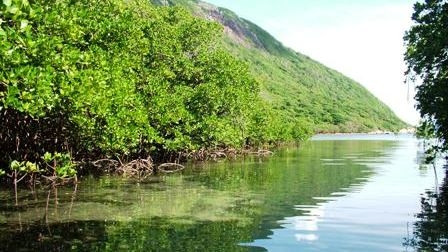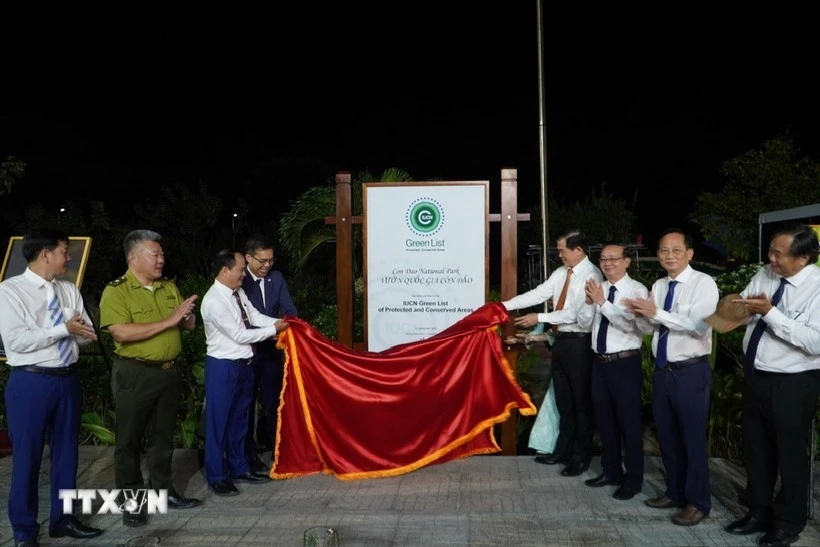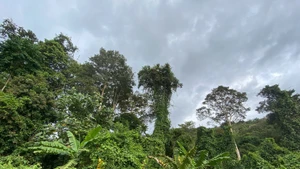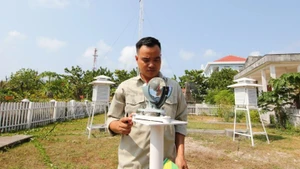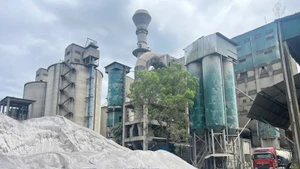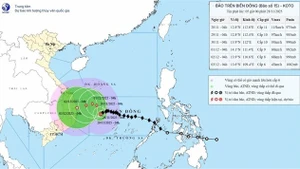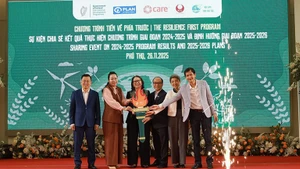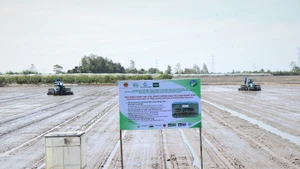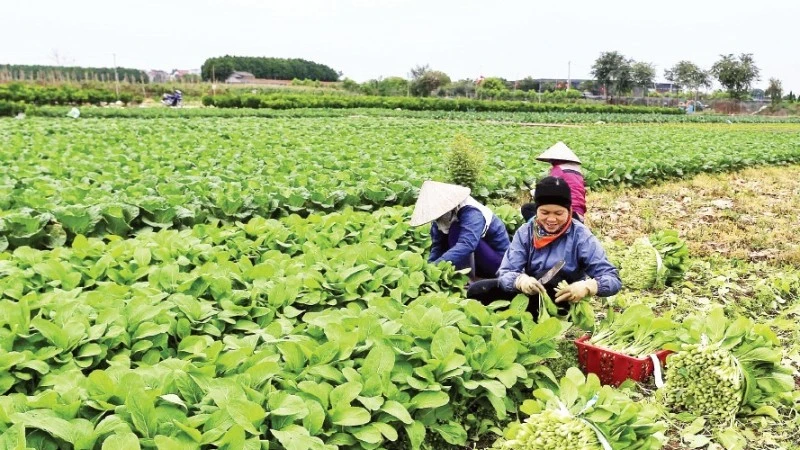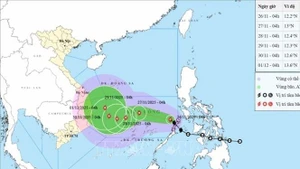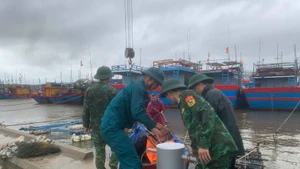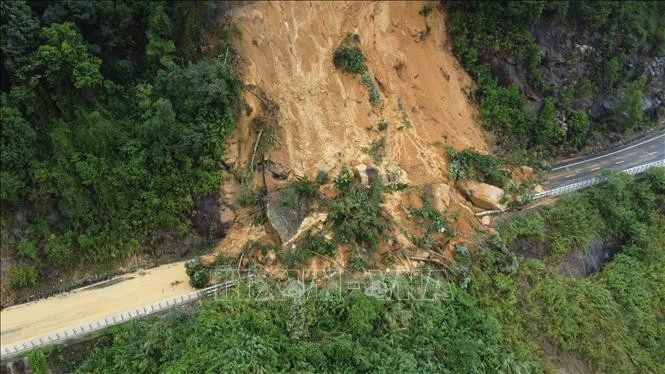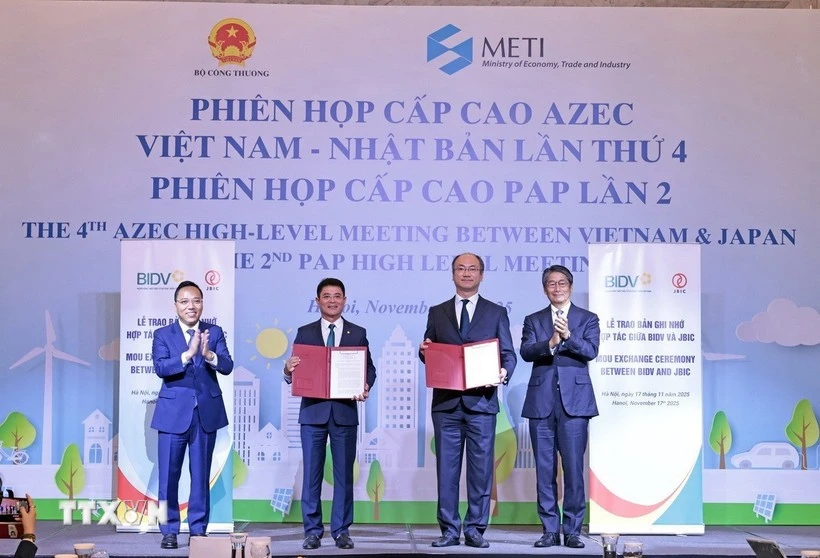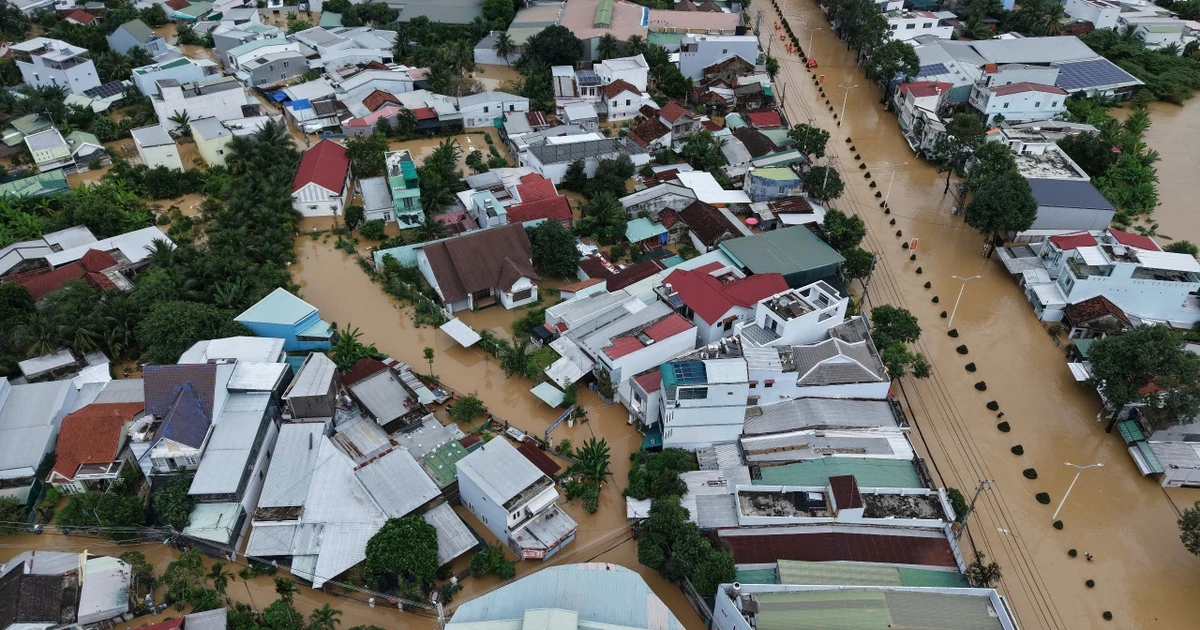There are nine criteria for the recognition of coastal zones as Ramsar sites, but the Convention provisions are open that if any area satisfies just one of criteria, it may be recognised as a Ramsar site, the Communist Party of Vietnam online newspaper reported.
As one of 2,203 important Ramsar sites of the world, Con Dao National Park is home to 69 species of birds, 28 species of mammals, 39 species of reptiles, and 8 species of amphibians.
Surveys conducted by the Nha Trang Institute of Oceanography show that Con Dao’s marine ecology boasts 1,321 species of fauna and flora, including 37 species listed in the Red Data Book of Vietnam.
Its marine ecosystem also includes mangroves, coral reefs and seagrass beds. The coral reefs in Con Dao are the most pristine in Vietnam, and are distributed in shallow waters around the islands, covering a total area of around 1,000ha. They support high levels of biodiversity, including over 270 coral species.
The park is also home to approximately 200ha of seagrass beds, which support a small population of globally threatened marine mammals including the Dugon Dugong, the blue whale and the Irrawaddy dolphin.
It also contains a number of nesting beaches for green turtles and Hawksbill turtles, both of which are threatened on a global level. More than 250 females visit a total of 14 nesting sites each year, forming over 1,000 nests.
In 1995, Con Dao National Park was listed in the Global Representative System of Marine Protected Areas by the World Bank.
At present, Vietnam has six Ramsar sites of the world: Tram Chim (Bird sanctuary) National Park in Dong Thap province, Ca Mau Cape National Park in Ca Mau province, Xuan Thuy Natural Wetland Reserve in Nam Dinh province, Bau Sau in the Cat Tien National Park in Dong Nai province, the Ba Be Lake in the mountainous province of Bac Kan, and Con Dao National Park.
Thanks to this title, Con Dao National Park will have a higher position, importance, and the attention of the international community, raising awareness and implementing the protection mechanism associated with the promotion of maximum economic efficiency, especially in the tourism sector.
Con Dao National Park covers 19,991ha and is an archipelago of 14 islands located some 80km off the coast of southern Vietnam. Con Son, the largest of the islands at 5,700ha, is situated at its centre. Con Son and Hon Cau are the only two islands in the archipelago with year-round fresh water supplies.
The site supports a representative range of coastal and terrestrial ecosystems that are important for the biogeographic region. There are low montane and melaleuca forests inland, while along the coast there are dry forests as well as shallow marine waters, coral reefs, seagrass beds, intertidal flats and mangrove forests. These wetland habitats are particularly intact and support a high level of biodiversity. Some 355 coral species have been recorded, of which 56 are classified as vulnerable on the International Union for Conservation of Nature and Natural Resources (IUCN) Red List. Also present are the critically endangered mangrove, Bruguiera hainesii plant, and the critically endangered Leatherback and Hawksbill turtles. The archipelago has been inhabited for 4,000 years.
The French colonial government occupied Con Lon Island in the late 19th century and operated a prison from 1936 to 1975 which is now preserved as a national historic site. Traditionally managed capture fishing is allowed, and the local people have also adopted other livelihoods including tourism-related ventures.
